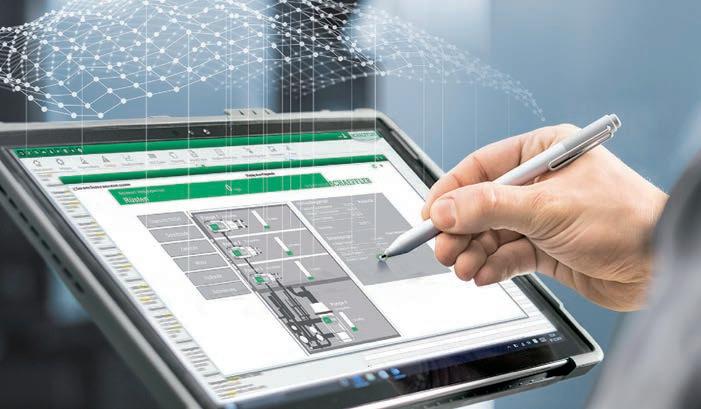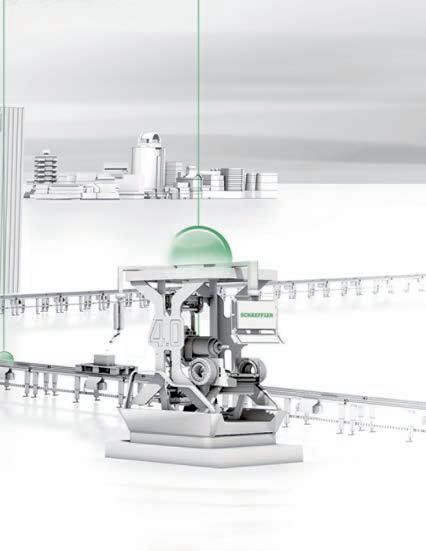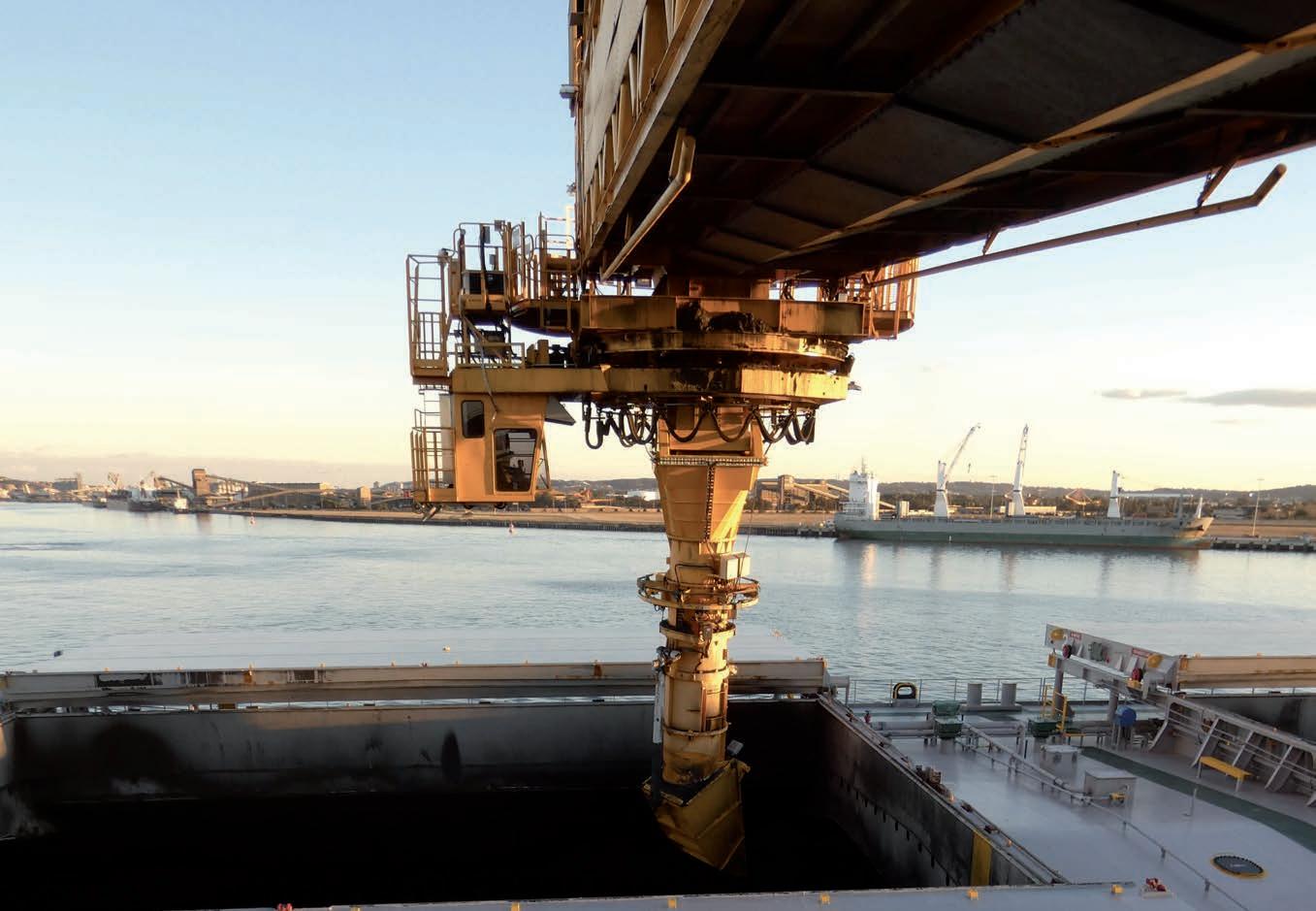
4 minute read
Predicting the future
from ABHR OCT 2020
by Prime Group
Proactive maintenance can save money and time.
Harnessing the power of digitalisation has allowed Schaeffler to make precise forecasts about proactive maintenance.
PLANT MAINTENANCE PROCESSES
are designed to keep everything running as smoothly as possible, but they are not always adhered to.
Mark Ciechanowicz, Schaeffler’s Industrial Services Manager, says this can happen when companies focus limited resources into other streams.
“When processes are not adhered to is when things start to go wrong. Incorrectly selected lubrication and dosage rates, contamination, structural looseness, imbalance and misalignment are where most plants come undone,” he says.
“Maintenance can be labour intensive, so it is important to develop practices that centre reliability and criticality to get the most value for money.”
Traditionally, maintenance and condition monitoring has been done manually through visual inspections or running equipment to failure and then replacing components when necessary.

This method can lead to unexpected downtime from undetected faults, cutting into a bulk handling plant’s profits.
Digitalisation has facilitated and enabled site personnel to approach maintenance in a proactive manner. For example, instead of detecting a problem with an asset and overhauling the entire process, sensors can detect the remaining useful life of assets to better control the exact nature of the problem, inventory and timing of maintenance work required.
Ciechanowicz says proactivity helps prolong the life of components, as they can be run to their full life instead of being replaced prematurely.
“Even if the digital condition monitoring system detects a fault in a component, it can do so earlier than human inspection could, allowing more time to prepare replacement parts. It also helps from an inventory point of view,
Schaeffler treats each application as bespoke. as less stock needs to be kept on hand thanks to better predictions,” he says.
Schaeffler offers turn-key solutions for specific bulk handling applications which use a combination of wireless and cabled systems depending on the speed variability, surface temperature and rotations per minute.
The company treats each application as bespoke, as every site has different requirements. A cement plant in Victoria will have different needs compared with one in Queensland, depending on regulation, cement type or applications.
Ciechanowicz says each of Schaeffler’s customers have different resources available to them, so the company’s specialists work closely to identify priorities.
“Our customers may not have the manpower or knowledge to carry out the installations, commissioning or analysis, so we will work with them to take that headache away,” he says.
“We not only provide the equipment, but also offer engineering services such as site testing and online monitoring if they don’t have access to that expertise.
“It’s part of our strategy to form partnerships with our clients instead of selling something and moving on. Long term support builds a reputation of trust, which allows us to use the strengths of everyone involved. Customers know more about their own operations and we can help them become more reliable.”
Different markets also have different needs. For example, the agricultural industry has a competitive price point that required systems that can work
in arduous conditions, with high temperatures, high levels of potential contamination and moisture.
Agriculture also features a lot of mobile plant, meaning wireless technology that incorporates 3G or 4G is critical.
In contrast, Tony Dintino, Schaeffler’s Regional Manager, says the mining industry faces a number of different conditions.
“Most sites are located in remote areas of Queensland and Western

Australia, where contamination of dust can cause major problems for bearings and components. Not only that, but the industry has a high rate of turn over, meaning there is a lot of need for training and installation expertise,” he says.
“There is also the sheer size and weight of the equipment – the mining industry has some of the largest equipment in the world. We provide a number of bearings and components to fit the different requirements for our customers.”
Automation and advanced algorithms are incorporated into proactive condition monitoring to remove the need for human operators to perform labour intensive maintenance and to improve reliability.
The company has a range of sensors, including accelerometers, temperature sensors, grease and oil lubrication sensors, acoustic emission sensors, proximity sensors, and load sensors that can be combined with its analysis tool, ConditionAnalyzer.
ConditionAnalyzer enables automatic diagnosis of vibration using algorithms developed by Schaeffler to help plant operators spot potential problems early. It is designed to help plants that may not have their own analysis teams access accurate and transparent data about their operation.
Ciechanowicz says Schaeffler can provide technical and commercial support in the Australian region with its Field Service Engineers and Sales and Services Engineers.
“The company has been involved in condition monitoring for more than 25 years. Globally, more than 95,000 people are employed by Schaeffler and our technology is used on a wide variety of international projects,” he says.
“Our Australian team provides local support, in their time zone, and can draw on the expertise of our team to equip customers with technology for troublesome areas.
“The future will see more sensorised bearings, mechatronics and digital systems, and we will continue to engineer products that help bulk handlers selfdiagnose their machinery.”
• materials handling • asset life extension • infrastructure





